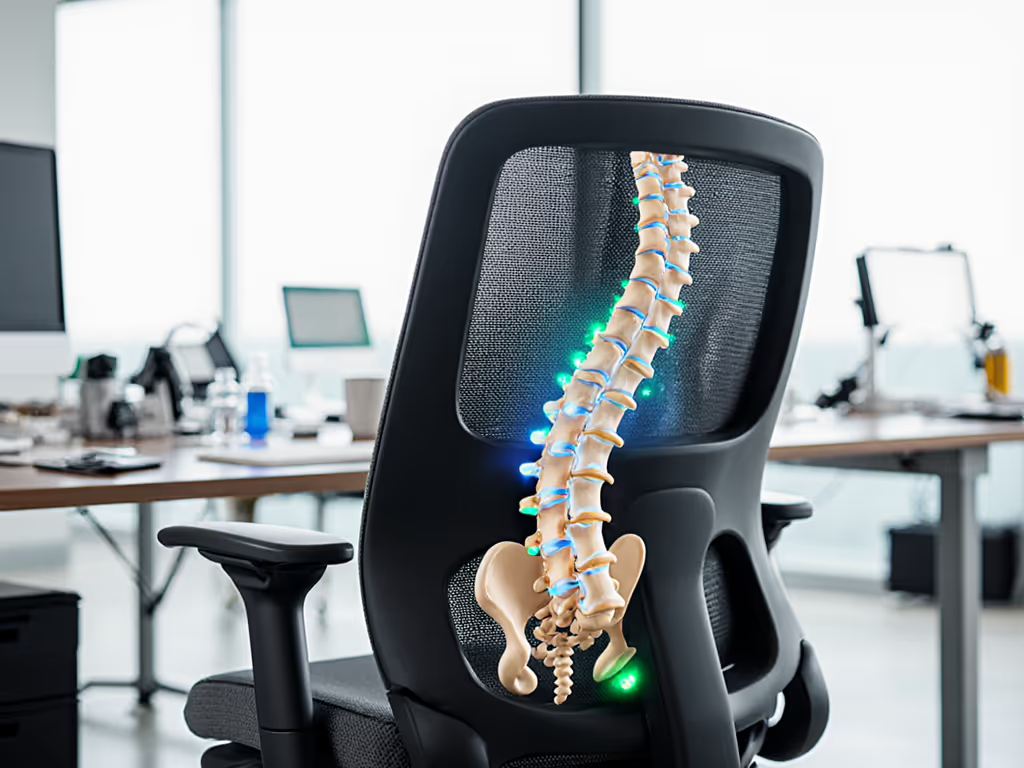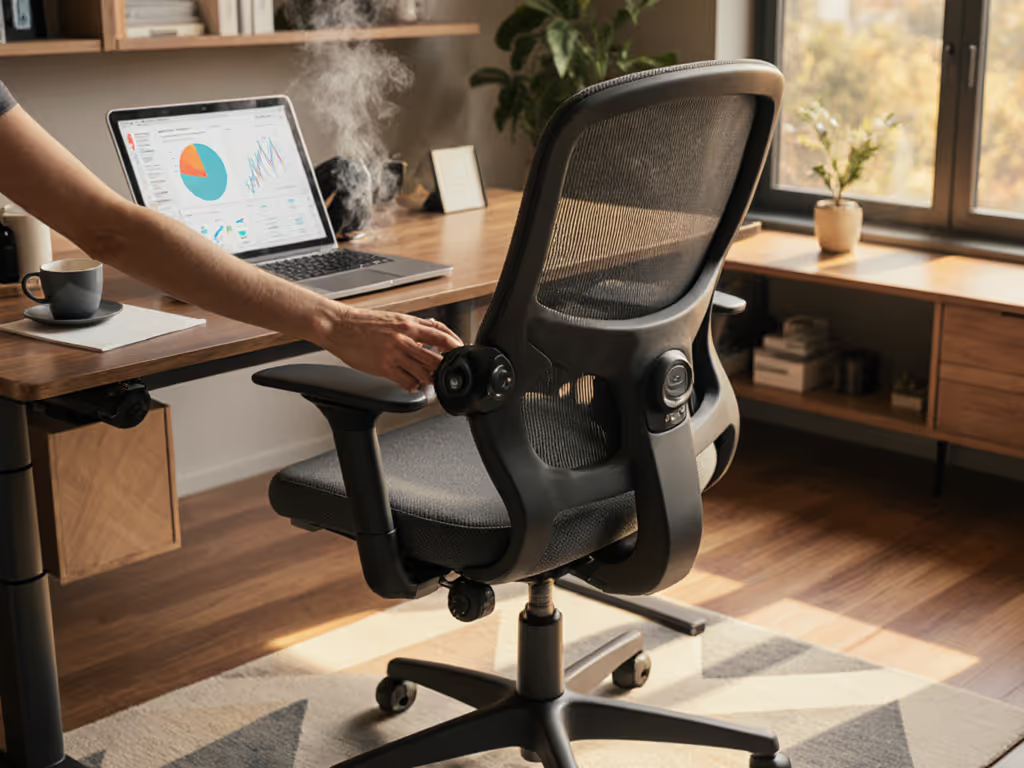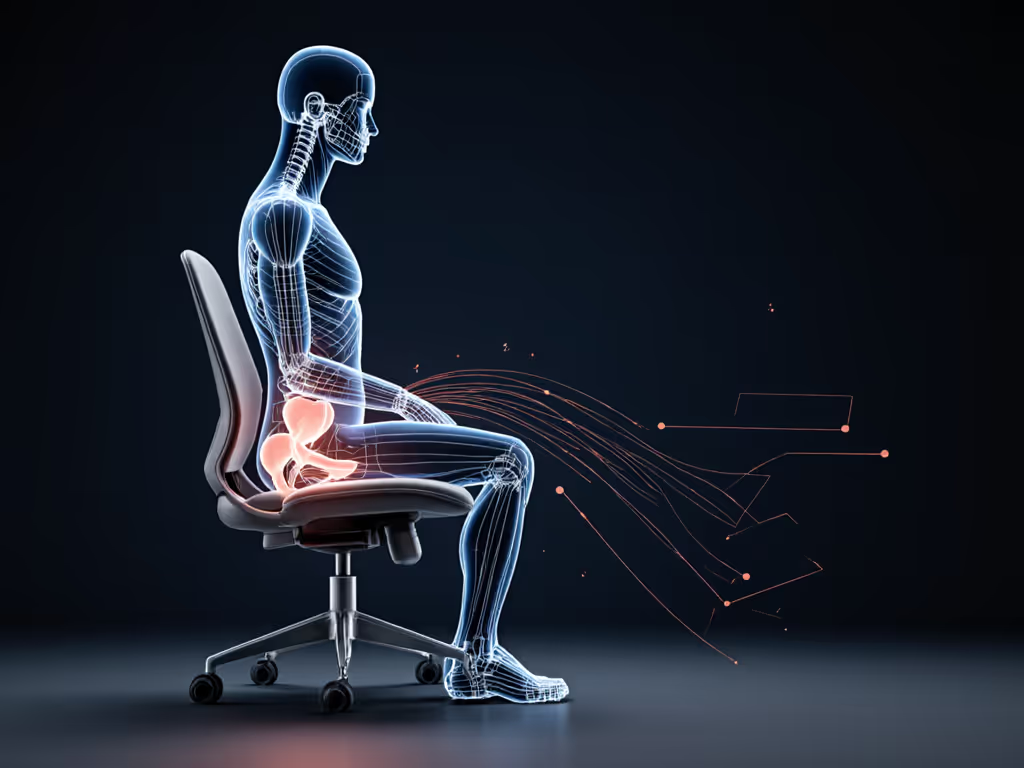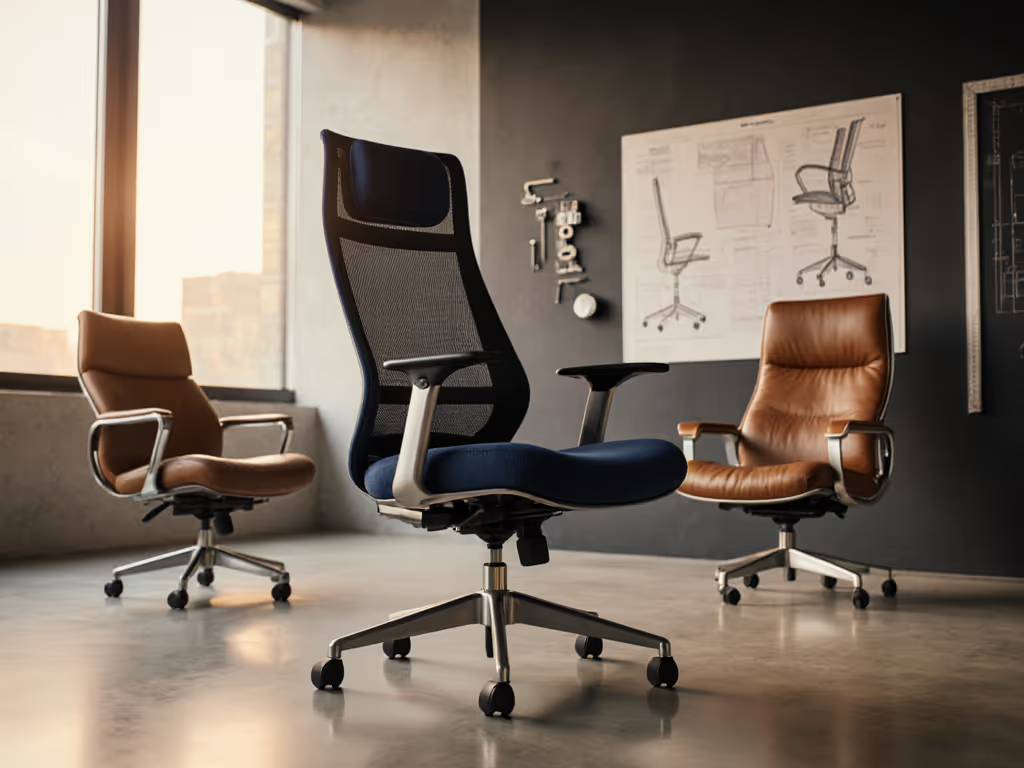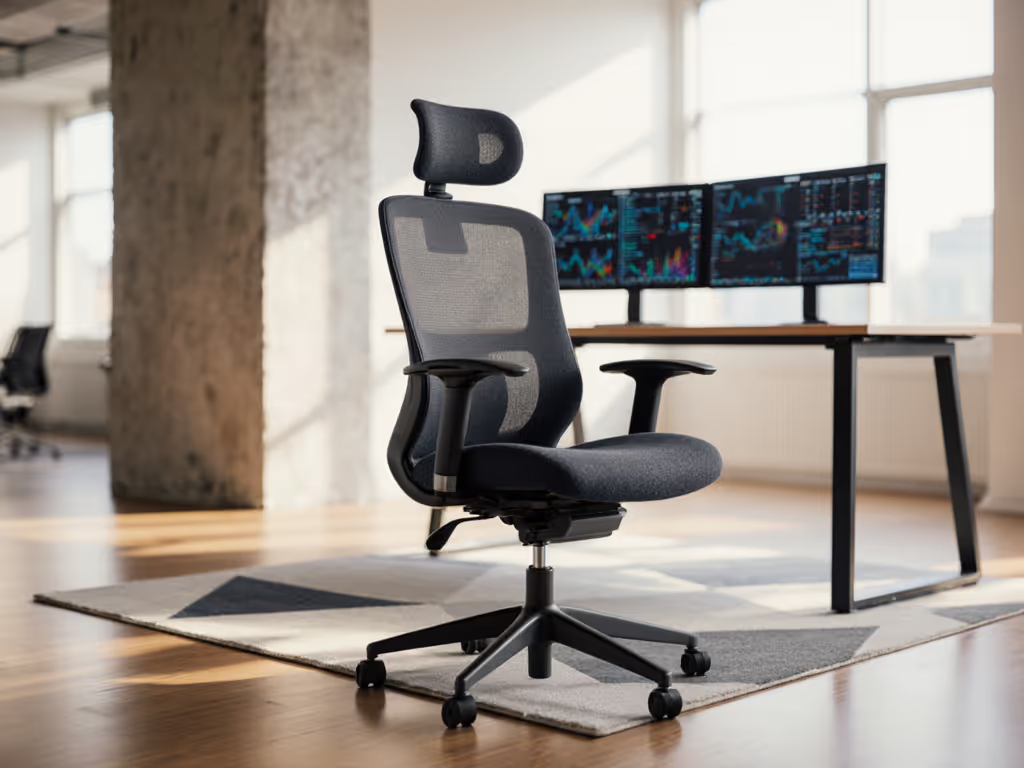Discover how ergonomic chairs do more than ease back pain; they directly influence your mood and productivity at the desk. When configured with friendly precision, these tools become silent partners in your daily focus and emotional balance. Confidence with controls is half the battle; the other half is trusting that small tweaks compound. I've witnessed teams transform their workspace in under 20 minutes with targeted adjustments, leading to fewer aches and sharper minds within weeks. If you've ever wondered whether your chair affects your afternoon slump or creative blocks, you're spot on. Let's tackle this stepwise with five time-boxed actions that deliver real results. Set it, then move.
1. Set Seat Height and Thigh Clearance (90 Seconds)
Start with your feet flat on the floor (or a footrest) and your knees slightly lower than your hips. Slide your hand under your thigh; you should feel light contact but no pressure. This isn't just about avoiding numb legs; it's workplace wellness seating 101. Restricted thigh circulation directly fuels fatigue and that "heavy" feeling that kills afternoon momentum. When blood flows freely, your brain stays oxygenated, critical for sustaining deep work. A recent industry report confirms proper thigh clearance reduces end-of-day exhaustion by up to 30%. Done? Set it, then move.
2. Dial Tilt Tension for Active Sitting (2 Minutes)
Skip the recline lock; this lever is your secret weapon for dynamic movement. Adjust it so you can recline with light upper-body pressure (like resting your head back). If you lean back and shoot forward, tighten the tension. If you can't recline at all, loosen it. Why does this matter for ergonomic mental health? Static sitting drains energy; controlled movement refreshes it. Studies show dynamic chairs increase pelvic mobility by 37% during work, directly cutting post-task fatigue and boosting mental clarity. This tiny tweak lets your body shift naturally (no stiff spine, no drained focus). Pro tip: Recline slightly while reading to engage core muscles gently. For a step-by-step walkthrough of every control, see our adjustable chair setup guide. Set it, then move.
3. Position Lumbar Support Simply (60 Seconds)
Forget depth or firmness dials; just adjust height. Place the support at your natural waist curve (where your spine bends when standing). No strain, no guesswork. This directly targets sitting posture psychology: When your lower back isn't fighting gravity, stress chemicals like cortisol dip. Research in the Journal of Social Psychology links this alignment to calmer nerves and clearer decision-making. You're not "fixing posture," you're giving your body permission to relax. Notice how your shoulders soften? That's serotonin starting to flow. Set it, then move.
4. Align Armrests to Shoulder Relaxation (90 Seconds)
Your arms should rest lightly at 90-110 degrees, with elbows close to your ribs. Shoulder tension spiking your stress? Armrests are often the culprit. If they're too high, they hike your trapezius muscles, triggering that "wired yet tired" feeling. Too low, and you'll hunch. Adjust height first (elbows level with desk), then width if possible. Why this impacts comfort and productivity: Relaxed shoulders signal safety to your brain, quieting the fight-or-flight response. One tech team I advised cut "afternoon stress spikes" by half just by resetting armrests. Your forearms should feel cradled, not suspended. Set it, then move.
5. Trigger Micro-Movements Intentionally (60 Seconds)
Your chair isn't a throne; it's a movement catalyst. Stand up briefly every 30 minutes? Good. But also while seated, encourage subtle shifts: rock gently front-to-back, shift your weight side-to-side, or adjust recline for email vs. deep work. This isn't fidgeting: it's ergonomic mental health in action. Movement pumps oxygen to your brain, sparking those "aha!" moments during creative blocks. Hinomi's research shows users who embrace micro-adjustments report 22% higher afternoon focus. No special features needed (just permission to move). Set it, then move.
Your Chair, Your Competitive Edge
These five steps take under 10 minutes but compound daily. Remember, small fit tweaks compound into big comfort and focus dividends. You're not chasing perfection: you're building sustainable energy through accessible, repeatable actions. Last month, a designer client told me she finally cracked her 3 p.m. creative wall after dialing tilt tension. Her words? "It's like my chair gets me now." That's the power of control literacy: confidence in your setup frees mental RAM for what matters.
Your actionable next step: Tomorrow, spend five minutes only on tilt tension. Notice how it affects your focus during your next meeting or writing sprint. Then, share one quick win with your team, it might just spark their own five-minute revolution. Your future focused self is waiting.
